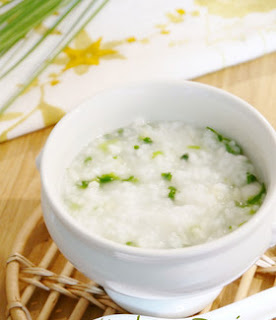Zoni (雑煮), often with the honorific "o-" as o-zoni, is a Japanese
soup containing mochi rice cakes, fish and vegetables. The soup is considered
the most auspicious dish to be eaten on New Year’s Day.
Zoni prepared by households varies depending on the regions in terms of the
mochi used, stock soup and ingredients.
In the Kanto and Tohoku region, for instance, the mochi are cut into
squares and grilled before being added to the stock. In the Kansai and the
Chugoku region, a round, boiled mochi is generally preferred while in most of
the Kyushu region, a round mochi is popular, but grilled or boiled difference
changes depending on area.
In terms of soup
stock, in the Kanto region, zoni consists of a clear soup called sumashi-jiru
which is flavored with dashi, a stock made from flakes of dried bonito, kombu
and soy sauce. In the Kansai region and eastern Shikoku, zoni is made with a
stock of white miso, while in parts of Fukui Prefecture, zoni is made with a
stock of red miso.
The ingredients
added to the soup depend on local specialty-what is readily available in that region. Below is a picture of some of the different
zoni-s and ingredients prepared by different regions.
But whatever the style is, considering that the
first day of the month had been called Tsukitachi (rising of the moon), eating
zoni on the morning after that means that the body is prepared to accept new
things.



